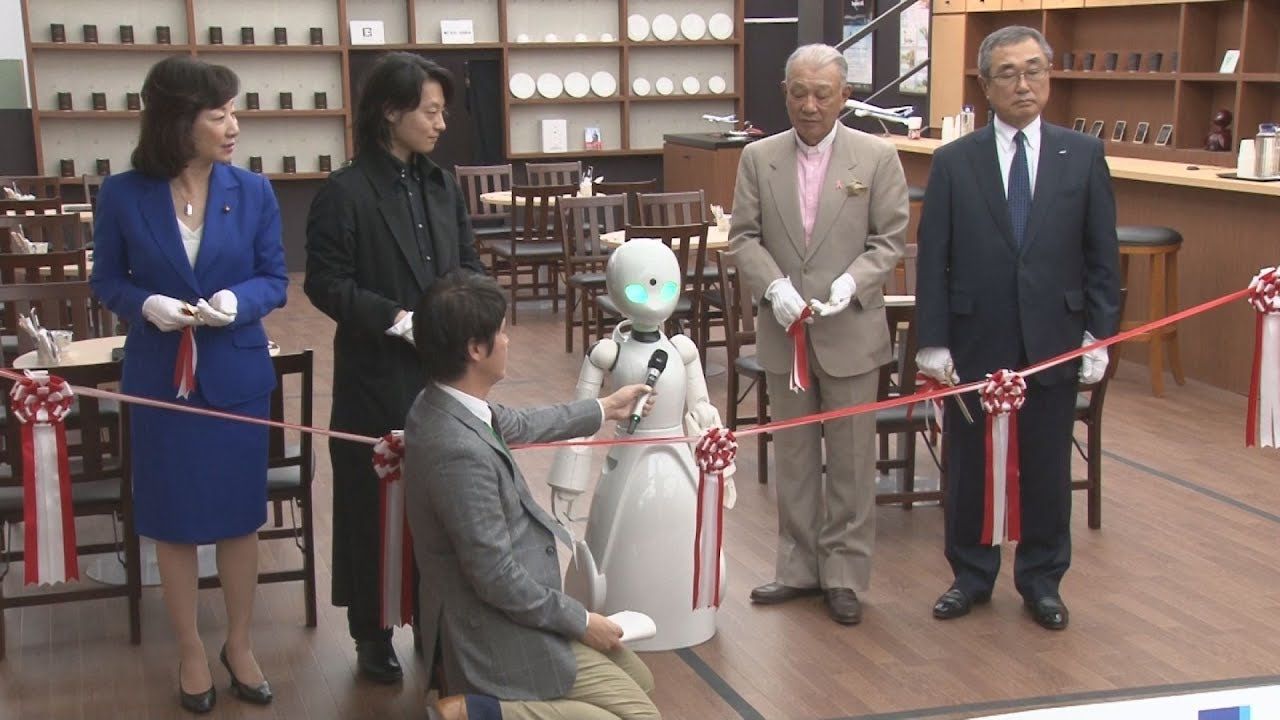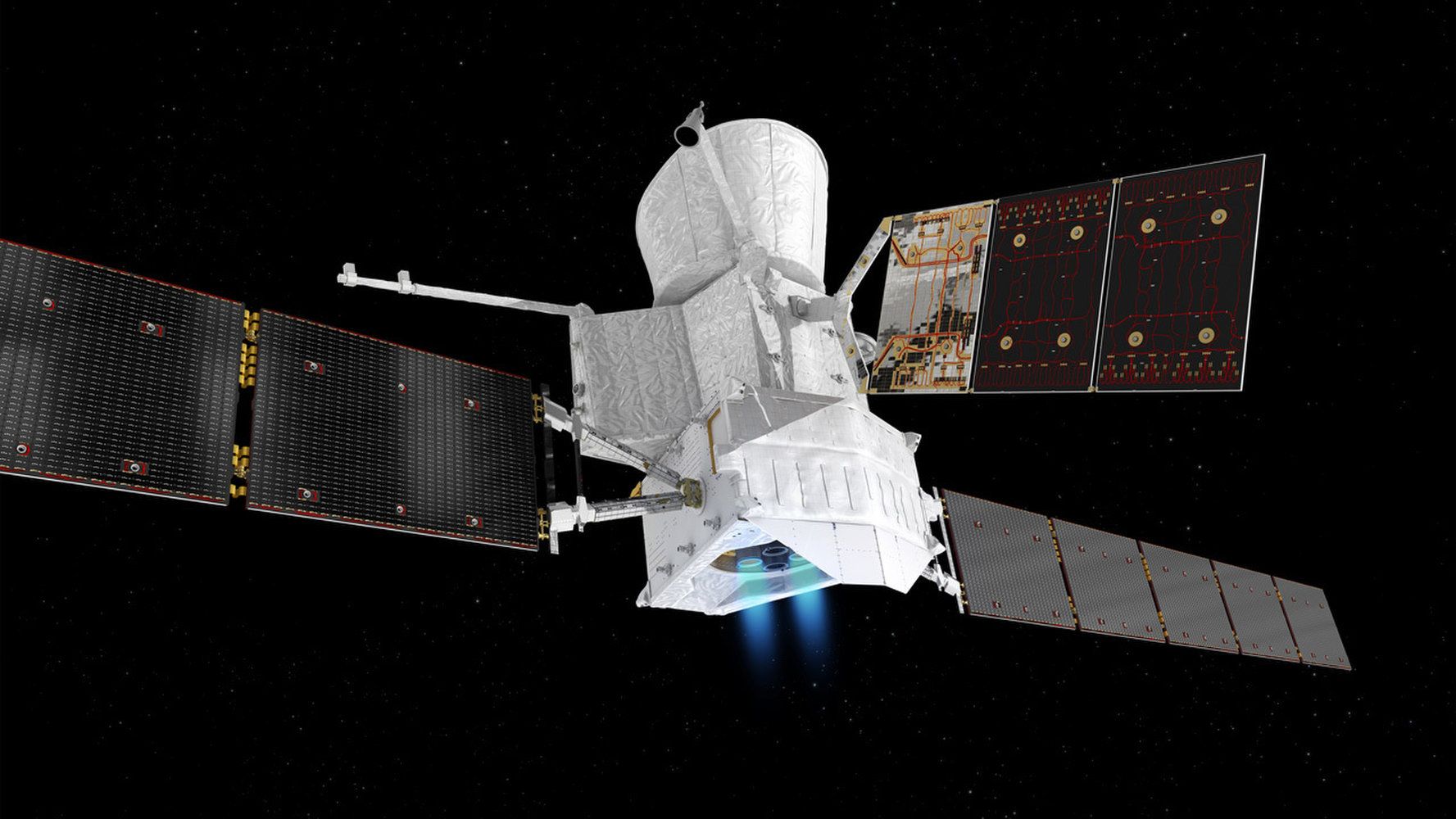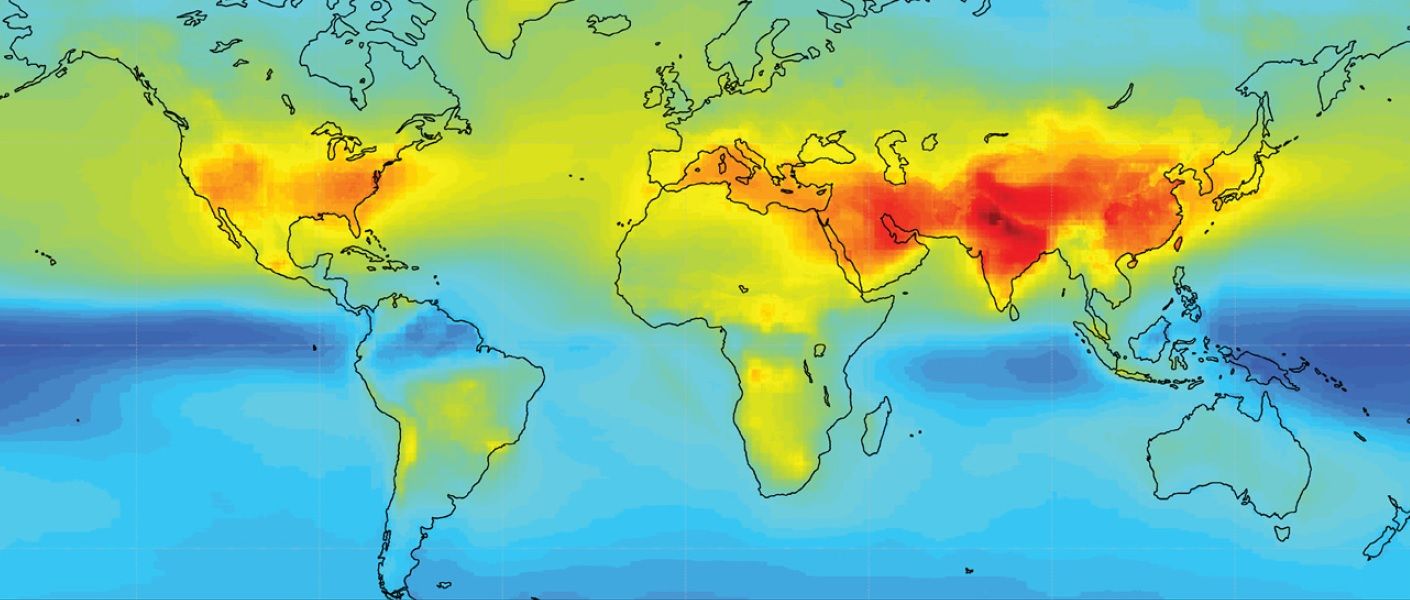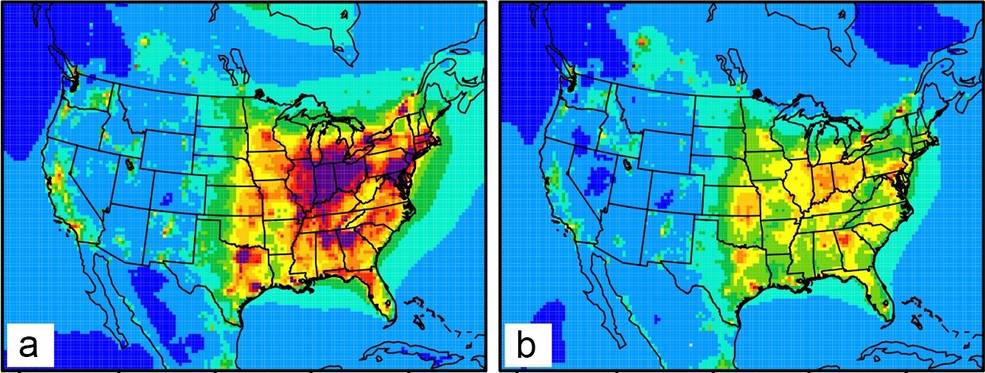Page 9634
Dec 7, 2018
A Heart Failure Patient Actually Coughed Up This Blood Clot Shaped Like a Lung Passage
Posted by Genevieve Klien in categories: biotech/medical, cyborgs
Though it resembles a coral, root system, or some other kind of growth, the above photo actually depicts a six-inch-wide blood clot in the near-perfect form of the right bronchial tree of a human lung, the Atlantic reported on Thursday. Even more uncomfortable is the revelation that it was not removed by medical staff, but in fact coughed up by a patient who was suffering from heart failure.
The photo was released in late November as part of the New England Journal of Medicine’s Images in Clinical Medicine series. University of California at San Francisco doctors Gavitt A. Woodard and Georg M. Wieselthaler wrote that it came from their patient, a 36-year-old man who had long struggled with chronic heart failure. The patient reportedly had a medical history including “heart failure with an ejection fraction of 20%, bioprosthetic aortic-valve replacement for bicuspid aortic stenosis, endovascular stenting of an aortic aneurysm, and placement of a permanent pacemaker for complete heart block.” When the patient was admitted to the hospital’s intensive care unit, they hooked him up to a pump designed to help circulate blood throughout the body:
An Impella ventricular assist device was placed for management of acute heart failure, and a continuous heparin infusion was initiated for systemic anticoagulation. During the next week, the patient had episodes of small-volume hemoptysis, increasing respiratory distress, and increasing use of supplemental oxygen (up to 20 liters delivered through a high-flow nasal cannula). During an extreme bout of coughing, the patient spontaneously expectorated an intact cast of the right bronchial tree.
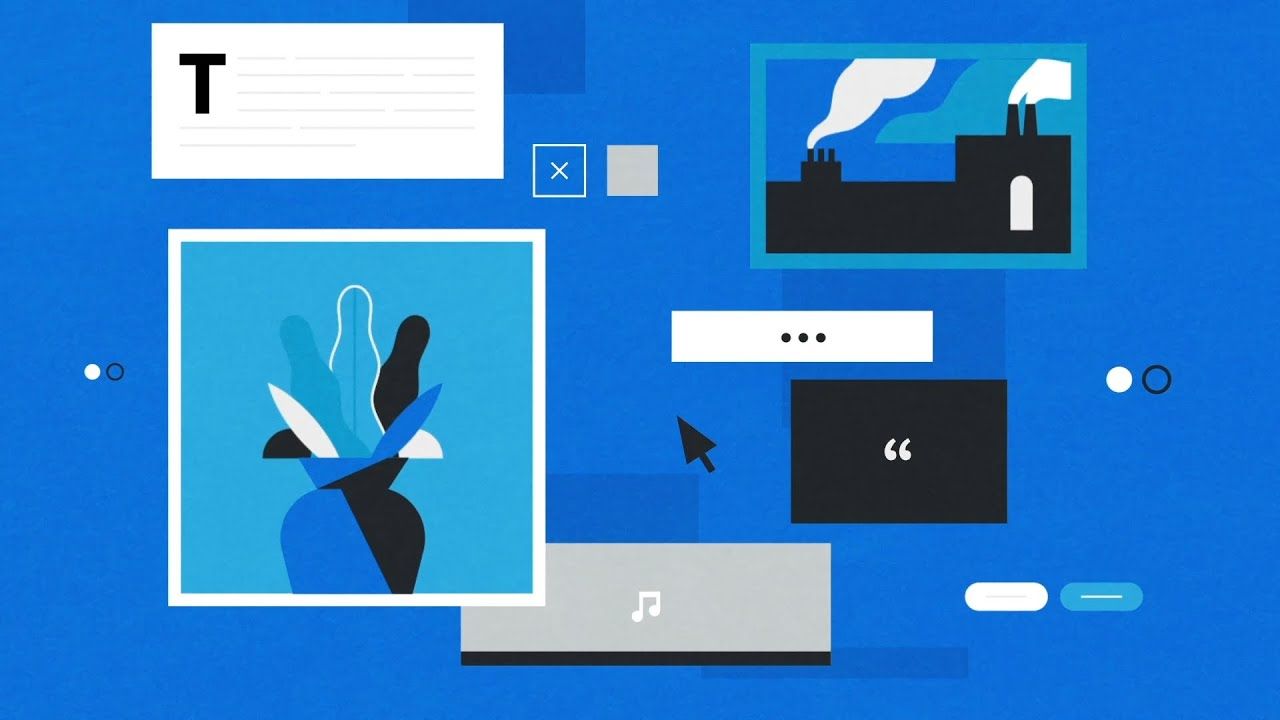
We’ve made some big upgrades to the editor. Our new block-based editor is the first step toward an exciting new future with a streamlined editing experience across your site. You’ll have more flexibility with how content is displayed, whether you are building your first site, revamping your blog, or write code for a living.
The new block-based editor won’t change the way any of your content looks to your visitors. What it will do is let you insert any type of multimedia in a snap and rearrange to your heart’s content. Each piece of content will be in its own block; a distinct wrapper for easy maneuvering. If you’re more of an HTML and CSS sort of person, then the blocks won’t stand in your way. WordPress is here to simplify the process, not the outcome.
Dec 7, 2018
Cafe opens in Tokyo staffed by robots controlled by paralyzed people
Posted by Shailesh Prasad in categories: biotech/medical, robotics/AI
Dec 7, 2018
An Astronaut Spotted a Soyuz Crew Launch from Space and the Video Is AMAZING!
Posted by Alberto Lao in category: space
European astronaut Alexander Gerst captured a stunning time lapse video of his new roommates launching to the International Space Station.
Dec 7, 2018
Kepler Telescope Captures First Moments of a Star’s Death
Posted by Alberto Lao in category: cosmology
Using NASA’s Kepler space telescope, astronomers detected the light of a supernova called SN 2018oh, which exploded about 170 million years ago.
Dec 6, 2018
Major breakthrough in quest for cancer vaccine
Posted by Nicholi Avery in categories: biotech/medical, innovation
The idea of a cancer vaccine is something researchers have been working on for over 50 years, but until recently they were never able to prove exactly how such a vaccine would work.
Now, a team of researchers at the Institute for Research in Immunology and Cancer (IRIC) at Université de Montréal has demonstrated that a vaccine can work. Not only that, it could become an extremely effective, non-invasive and cost-effective cancer-fighting tool.
The team’s work was published yesterday in Science Translational Medicine.
Continue reading “Major breakthrough in quest for cancer vaccine” »
Dec 6, 2018
NASA Animation Shows Arctic Ice Rapidly Depleting
Posted by Michael Lance in category: space
Dec 6, 2018
The Most Powerful Ion Drive in Space Is Ready for Its Visit to Mercury
Posted by Alberto Lao in category: space travel
The BepiColombo mission is traveling to Mercury powered by ion thruster engines built into the Mercury Transfer Module component visible at the bottom of this artist’s depiction.
Dec 6, 2018
NASA Science Shows Human Impact of Clean Air Policies
Posted by Michael Lance in categories: health, science, sustainability
As local, federal, and international policies targeting the quality of the air we breathe continue to evolve, questions arise of how effective existing policies have been in improving human health. For example, how many lives have been saved by tough air pollution policies? How many illnesses have been caused by lax policies?
Annual mean levels of fine particulate matter (PM2.5) pollution declined in the United States between 1990 (left) and 2010 (right), leading to thousands of lives saved, according to researcher Jason West.
Continue reading “NASA Science Shows Human Impact of Clean Air Policies” »


